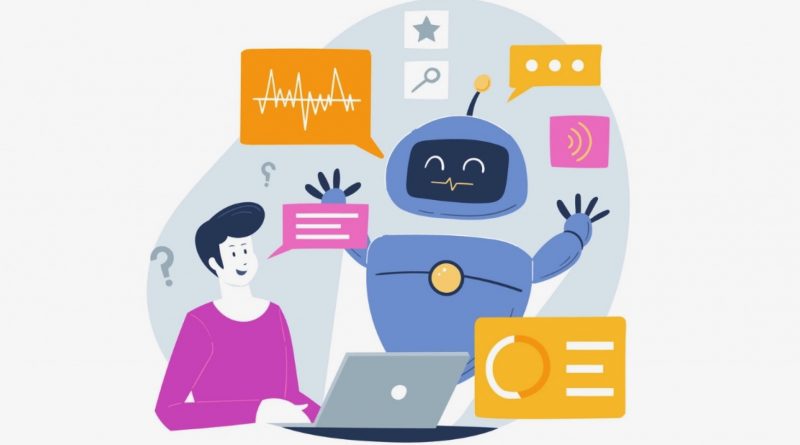ChatGPT’s Growing Impact on Education
Joseph Slevin
Staff Writer
The world is changing, and that can be very scary thing. Technology thinking for itself is something people thought we made up for movies and sci-fi novels. But today it’s changing the way people do their jobs and gives us a glimpse into the future of education. Chat GPT and it’s programmers could be the first step in that big change.
What is Chat GPT? At first glance it seems like something we’ve seen before on many different websites; a search engine. Like Google for example, you input your question and it gives you back a desired answer in related sources and websites. But Chat GPT is actually very different. Where a search engine will give you back exactly what you searched for, Chat GPT will carry a conversation like a person. The “Chatbot” will continue your conversation so you can ask to follow up questions regarding your last question and dig deeper into whatever topic the user is interested in. The program has been trained to generate human-like responses through a massive amount of text data uploaded to the AI (artificial intelligence).

Who created Chat GPT? The company Open AI created Chat GBT in 2020 but the chatbot has only gotten off the ground in popularity in recent months. Open AI was started in December of 2015 but some notable programmers and research companies. Elon Musk and Amazon Web Services are the most famous of the bunch that helped the non-profit get off the ground. The company for the first few years nearly spent half a billion dollars on research. This research included testing the universal intelligence of AI across multiple platforms such as websites, games, and other software the company could explore. In 2019, the company transitioned from a non-profit to a for-profit company, Open AI then partnered with Microsoft and received a $1 billion investment from the tech giant directly. At the time, CEO Sam Altman stated that “A Billion dollars may turn out to be insufficient” in regards to the amount of work and research needed to fully develop this technology. Finally, in 2021 and 2022, Open AI released their two flag ship products DALL-E, an AI model that creates images through natural language, and, of course, Chat GPT. Chat GPT receiving the most media coverage of any AI product back in December of 2022.
While Open AI’s product has already proven to some, especially in the business world, how efficient the implementation of AI could be, others are asking questions about its ethics. For example, what does this mean for education? Educators are often quick to demonize Chat GPT and the popular stories seen online of high school and college students getting caught using the Chatbot to write their papers for them doesn’t help with imaging. But, this simplistic use of the tool is just the surface level of what this program is really capable of. Machine learning allows for a personalized experience for the user, generating content that is tailor made for their needs and learning style. At the same time Chat GPT is accessible anywhere at any time. Imagine having a teacher you could ask endless questions to and is available at any time during the day. In today’s content filled world, teachers are finding it extremely difficult to keep students engaged. Chat GPT could be the answer to that. The chatbot provides a conversational like experience that can keep people more engaged and interested in the learning process. By constantly generating a wide range of information on a topic students can get answers and form opinions on difficult concepts in an instant.
However, there are downsides and dangers. Besides the now infamous essay writing the chatbot can do there are other factors in how AI and education can do more harm than good. Chat GPT lets you know on it’s homesite that it can produce misinformation. This is a very new technology and it cannot replace an article or paper with proper sourcing to back it up. Along with misinformation the overreliance on Chat GPT can create problems with student with human interaction and critical thinking. Many great teachers teach through examples of personal experience, to which a chatbot will never be able to use or relate to someone in that way. Only learning through a chatbot can be a limited learning experience. Chat GPT does not teach a student how to think and can only really provide a list of facts and concepts to the student. It’s up to a student-teacher relationship to make that happen and prepare the student with practical skills they will need in the real-world.
Overall, Chat GPT has potential to change how we approach education by providing a personalized teacher for every student no matter their learning capabilities. At the same time, there are dangers and ethics issues that must be addressed. It is important that this technology is not viewed as a replacement of humans but rather one more tool in an already very large toolbox for teachers to choose from. The core of education is teaching people to really use their mind, solve the variety of problems life throws our way, and make connections to the real world through the material. That is something AI will never be able to replace.
Contact Joseph at joseph.slevin@student.shu.edu

